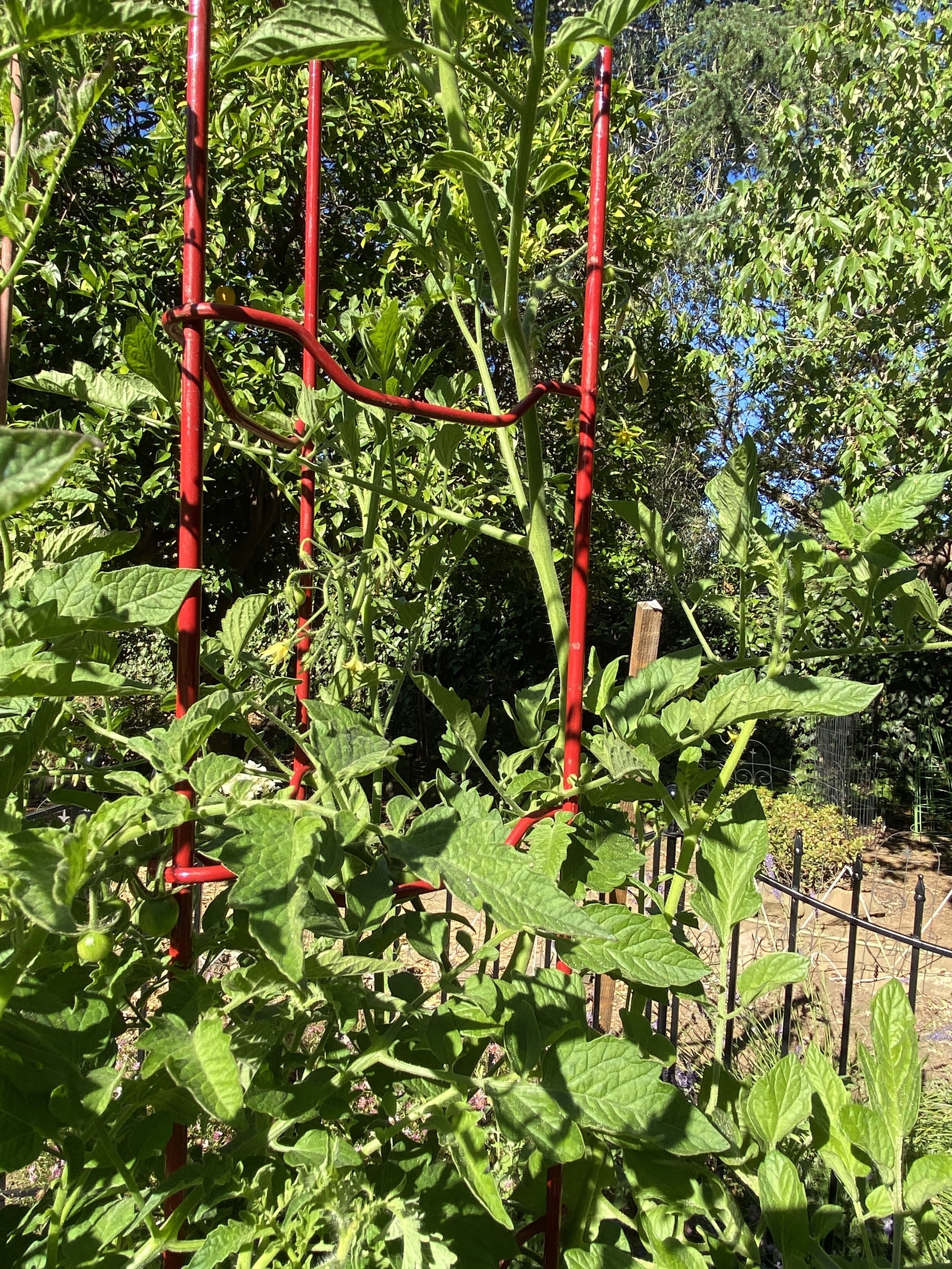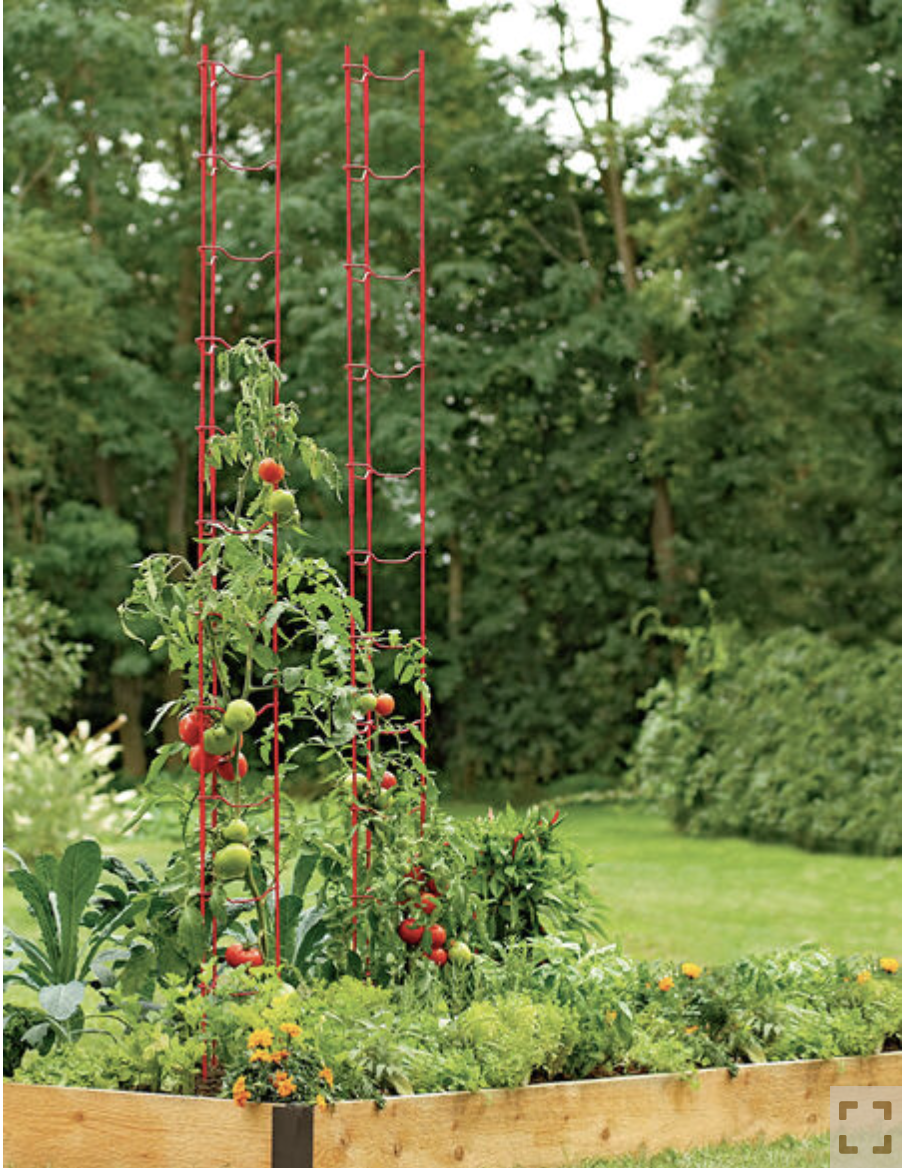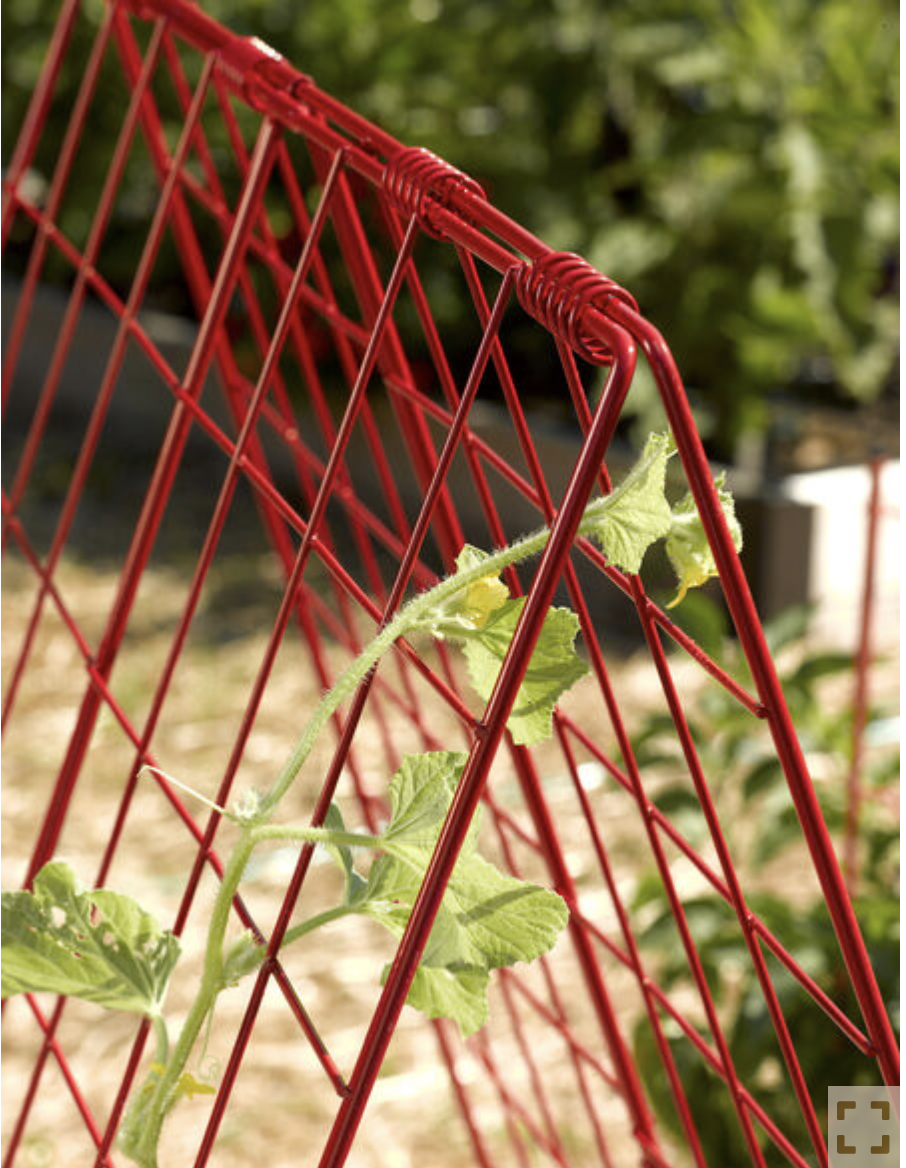Back to Basics Gardening
I have had a garden most of my life. I started at my mother’s knee and it continues today even though she’s been gone for nearly 23 years now. I love my garden. There are times of the year where it is just outstanding but then there are times where it just falls flat. When I find small changes I want to make and I can’t get them executed to save my life, I ask why is that? It’s because I don’t feel like I have the time to do those things correctly or I need some help getting them done. A perfect example of this is my vegetable patch. Growing up, I learned how to grow seeds in my mother’s perfectly prepared raised vegetable beds. The soil was already nutritious because she had added the compost three times already that year. They had no snails because my mother would get up and hunt them first thing in the morning everyday. You get the idea. I certainly know what goes into making your ground habitable for those seeds but do I do it? Only half way. When I first made my raised beds, I put an amazing mix of soil in them and everything the first year grew fabulously. Do I amend them regularly or fertilize? No not really. That’s pure laziness on my part. So this year with the Corona virus running rampant like crabgrass, I decided I was going to go back to basics and grow things as I was taught. I also had the extra incentive of not wanting to buy my food at the store. Being able to go into the back yard and gather what I needed was the best solution. Since I was going back to basics, I was forced to slow down a bit and pay attention to what rules I was skipping in my execution.
#1. Crop Rotation
In my vegetable patch there are certain vegetables I grow consistently and quite a few of those either require or benefit greatly from changing beds each year. In general, those vegetables that are replanted every season are those that need rotation. So things like rhubarb, artichokes, berries and asparagus are not rotated and remain in place. But, crops like beans, lettuce, squash, and tomatoes all do better with rotation. If you ask the experts, your rotation cycle should be between 3-7 years. Personally, I have always worked with a 4 year rotation. Thus I need at least four raised beds. Try keeping me to just four raised beds. Ha! Good luck with that. Why do you need to rotate your crops? Well rotating them from bed to bed each year helps stop the build up of diseases that may get started in the soil, Helps keep bugs in check, and prevent complete depletion of nutrients. When I did not rotate my crops I found my broccoli was more susceptible to insect infestations, my tomatoes more susceptible to viruses and so on. While there is the alternating theory that if you rotate the soil then you don’t have to rotate the crops, the effect is the same. That’s where rule number two comes into play for me.
#2. Have enough planting beds
I like to have at least five planting beds/spaces to work with in my garden. That way I can take one bed a quarter offline for the season. I am a firm believer in rest and planting cover crops in your idle bed. Just allowing them to settle, along with the compost and a planting of a cover crop such a vetch, buckwheat, clover or something similar helps them recover and replenish the fertility that has been depleted. Now it would seem likely that this would apply to just large farms but I find that while a little seed goes a long way, those crops are excellent for raised beds too and when removed are also excellent material for my compost pile. Buckwheat for example attracts beneficial insects and pollinators, keeps those pesky weeds in check. It also adds phosphorus back into the soil and is great for your compost pile. Just make sure to mow or cut down the buckwheat within a week and a half of the first flowers to keep it from going to seed. If you miss that, it will reseed itself all over your garden and then you will have a mess on your hands. It’s all in the discipline!
#3. Fertilize, Fertilize, Fertilize
I like to use an organic liquid feed every week. I prefer organic because for the most part, whatever fertilizer i’m using, it can be used on my ornamentals or my vegetables. Organic fertilizers such as manures, compost or bone meal are derived directly from plant or animal sources and thus much easier on the environment and if applied correctly are not problematic to use on edibles. A weak solution used more often is preferable to a stronger one used less frequently for me. I personally am a big fan of the FoxFarm family of products. They started in Humboldt county here in California, helping grow some very special crops. If the fertilizer is good enough for those demanding and discriminating growers, it’s good enough for me. That being said, I have been using FoxFarm since 2000 and I only have praise for the products they make. I especially love their Marine Cuisine, Tiger Bloom and their Grow Big Fertilizers. They also have a wonderful line of soil products but that’s for another post. You can find more information about their products here at www.foxfarm.com. I use their fertilizers throughout my gardens, be they flower or veg. I have been known to get a foot a month of growth in my new pittosporum hedges because of weekly feedings of very strong Grow Big amended water. Now if you look at Grow Big it is all about the nitrogen! I am pushing for that growth. I don’t really care that I'm using a veg fertilizer for my ornamentals or visa versa.
#4. Provide support for your climbing vegetables.
Whether it is beans, peas, tomatoes or cucumbers, these vines need to be off the ground. I found that by making sure they had adequate support, I got a better harvest and nicer fruit as a result. It keeps the veggies clear of pests and rot. Gardeners Supply has a few nice options for the smaller garden in this area. They have panels, A frames, teepees, trellises and tunnels from which to choose from in an assortment of sizes, shapes and colors. You can find more information about these supports here at www.gardeners.com. I have included photos of the cucumber and tomato supports I’m using this year and Gardener’s Supply’s photo as well.
#5. Water correctly and consistently
Putting your vegetable garden on an automated sprinkler system may prove tricky, but can be done and will prove to be your friend in the long run. Your tomatoes do not want to be watered the same as your lettuce and visa versa. Your seeds need at least three times daily water when just planted. This all leads to having an irrigation system that only meets the needs of some of the plants but not all if it’s all in the same zone. Heavy water crops may not all want the same light requirements so growing one in the right place with the right water requirements will take careful planning. But you will fare much better in your yield and the quality of fruit if you adhere to a regular water schedule suited to that particular vegetable, herb or plant and group your plants accordingly. Also having a drip system when your watering by timer is preferred to a sprinkler as sprinklers are overhead waterers. When you overhead water you lose a lot of water to evaporation and when leaves and flowers get wet they are more susceptible to ruin through burning, and disease. When you water at the roots you use half as much water and get twice the effect as watering overhead so it is a way to water that is both friendly to the plants and the environment.
#6. Harvest regularly and succession plant.
One of the biggest mistakes we all make when we first start gardening is not succession planting. We plant all our vegetables in the spring, and we harvest them when they are ready. It does not occur to us that we should be planning for another wave of seedlings to take over when the first round of plants are finished. Also, succession planting allows for you to have a continual supply of say beans at a lower quantity so that you're not having to deal with too much of a vegetable and having to preserve it or lose the extra harvested. Another look at this, is to examine the herb cilantro. Cilantro is a summer favorite but it really grows best in cooler temperatures. It is very difficult to grow cilantro when it warms up as it loves to bolt. Enter succession planting. In this case it is better to have several rounds of seedlings in progress rather than one big crop. Cilantro will go to seed faster than you can shake a stick at it in the summer. If you keep a constant supply of less mature plants, you will be able to harvest cilantro from a new round of plants every couple of weeks. Basically, you want to plant a few seedlings, wait a couple of weeks, and plant another row. That way, they don't all mature at the same time and you constantly have access to fresh herbs or vegetables all season long. It is the only way to keep a constant supply of cilantro here in zone 9 during the summer.
In addition to succession planting, harvesting regularly is another element I tend to neglect. How many times have you gone out to that squash plant and found those humongous squashes on the vine and you have no idea how they got there? Yeah, you like me were not harvesting frequently enough! Many crops will produce maximum yields only if they are harvested regularly. Beans, for example, should be harvested regularly to encourage the production of subsequent harvests. Many a season I have sat with my eggplant, cucumbers or even squash sitting on the vine way too long and then wondering why my plants were done producing so early in the season. The Key is to harvest regularly. I would start by planning on harvesting every other day or so and reduce your days from there if you don’t have enough produce ready to eat. This in combination with succession planting will keep your garden growing at a manageable rate all season long.
These six rules I was breaking to some degree or another. I knew this was at the root of my failures in the garden. This year however, having decided not to take the easy way out has already shown a vast improvement in my plant vitality, quantity of yield and the quality of the fruit. So what are the actual tangibles that I can see? Well to start with, I actually have lettuce up and coming to a head because I planted it in shade to prevent it from bolting and I have attended to it’s water requirements so that they did not shrivel up and die from lack of liquid refreshment. I also thinned out the seedlings when they were young so each plant had room to grow because every year I say I’m going to do that and eat them in a salad so as not to waste them and every year I get too busy and forget. My tomatoes are nice big healthy plants since being planted in a new location, they are being fed weekly and I have lots of fruit because I have attracted more pollinators to the bed with bee desirable flowers planted in close proximity. My cucumbers are voracious this year due to fertilizer, plant supports and I have kept varmits away. These are just a few examples of how my garden has benefitted by my attention to the details. What is my plan going forward for continued success? There will be a layer of compost being added and I will continue to fertilize with my liquid fertilizer. Staying on top of picking fruit when it becomes ready is crucial to prolonging your harvest as is keeping the soil free of weeds so the plants are not robbed of water and nutrients that they require.
I need to start planning my fall garden and starting those seeds soonish. I am famous for being too late with getting those seeds in the ground and thus losing out or having to resort to plants already started from the nursery. Here in California, we can grow lots of things year around that would not survive in a zone 5. We often start our seeds a bit later and a bit earlier in order to maximize our growing season. So what’s in my planting plan for the fall garden. Another round lettuce, chard, peas, some beats, carrots, and radishes, as well as cilantro, chervil, chives, dill, parsley, garlic and shallots. Also as a matter of planning, succession plantings of lettuce and herbs are necessary. Winter squashes are really not winter plants at all but grow longer into the fall season here and really need to be started now as I only have the fall season to get fruit from these before the few frosts in late winter get them. As you can see there is much to do.






